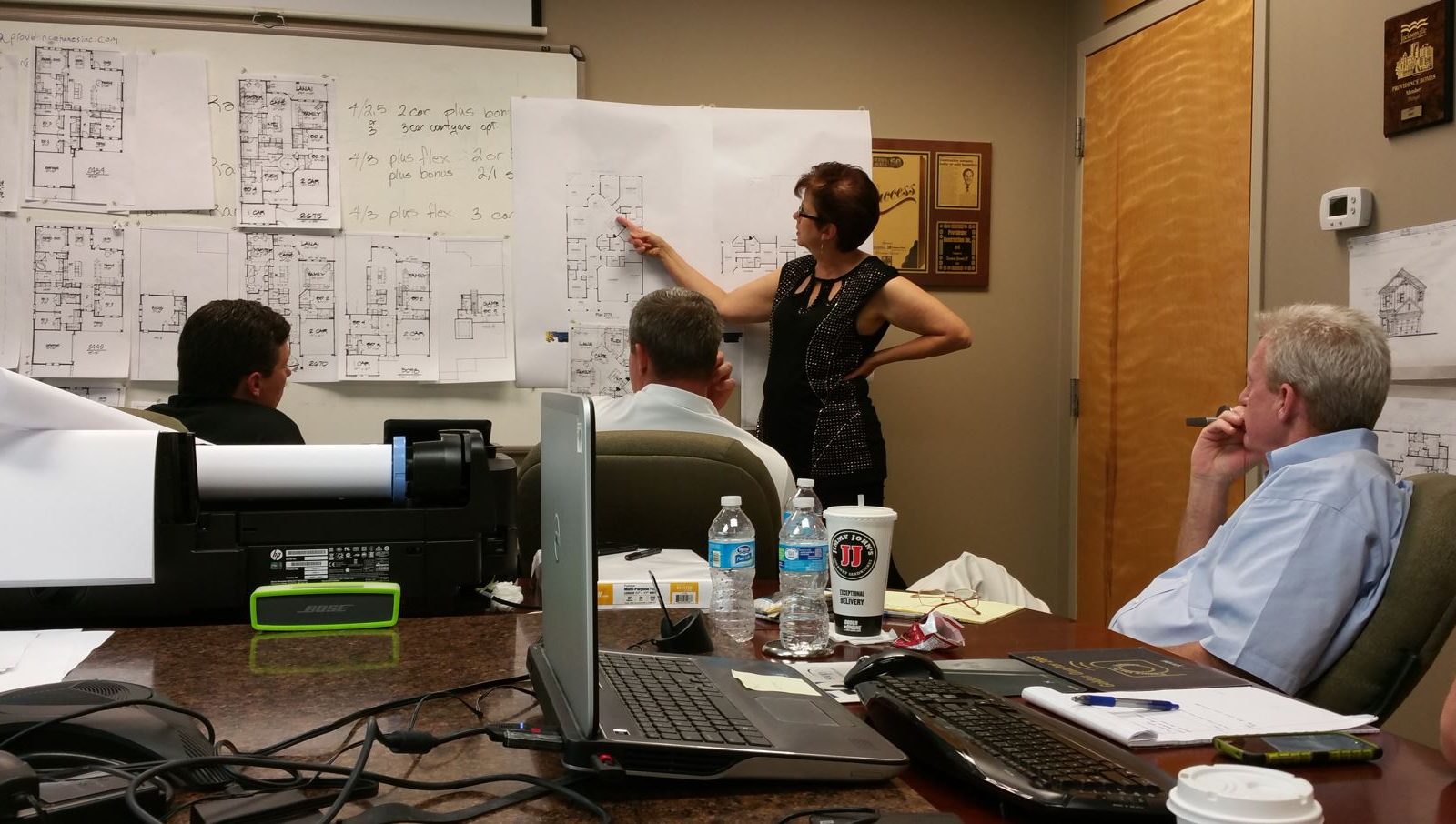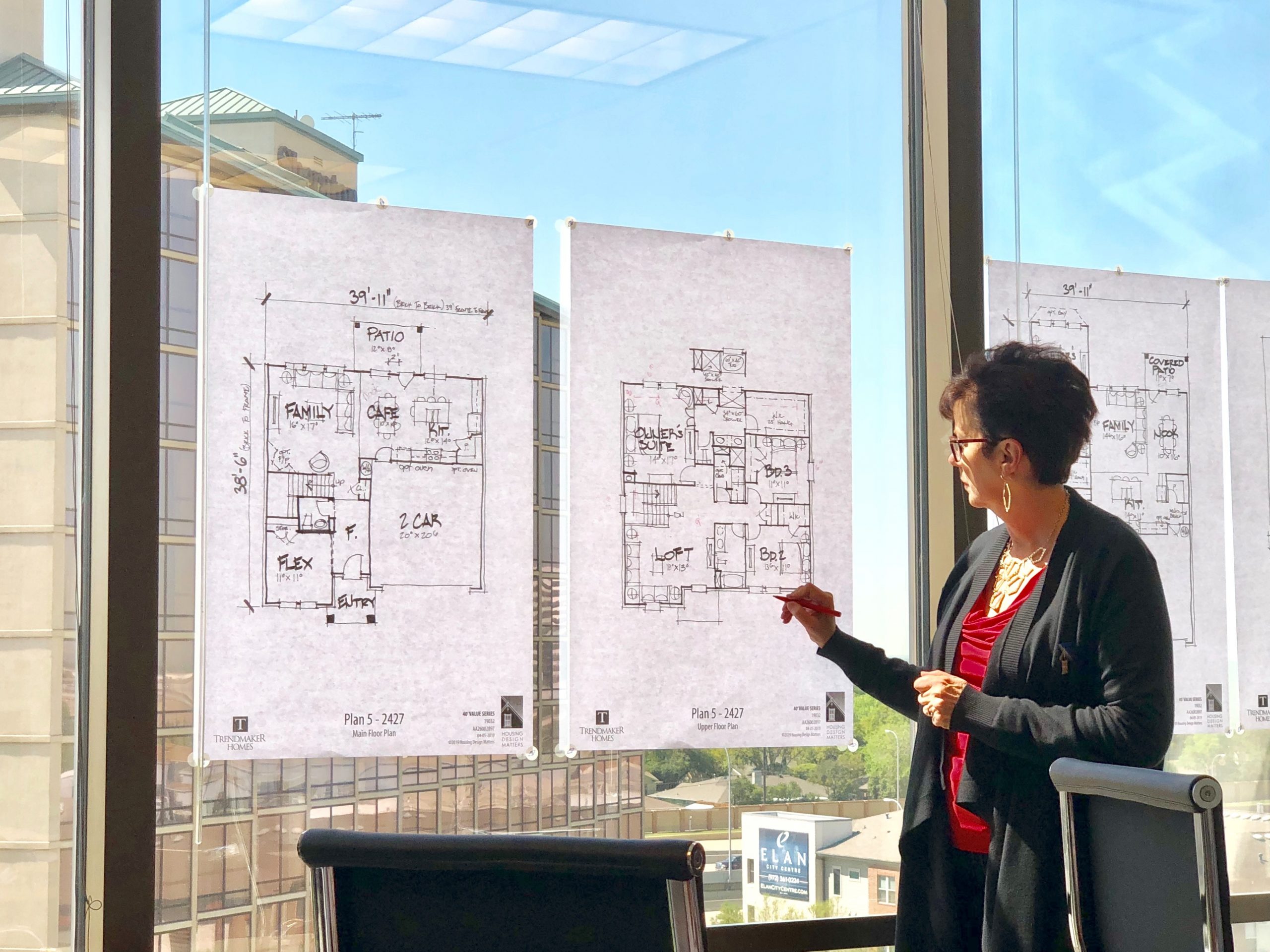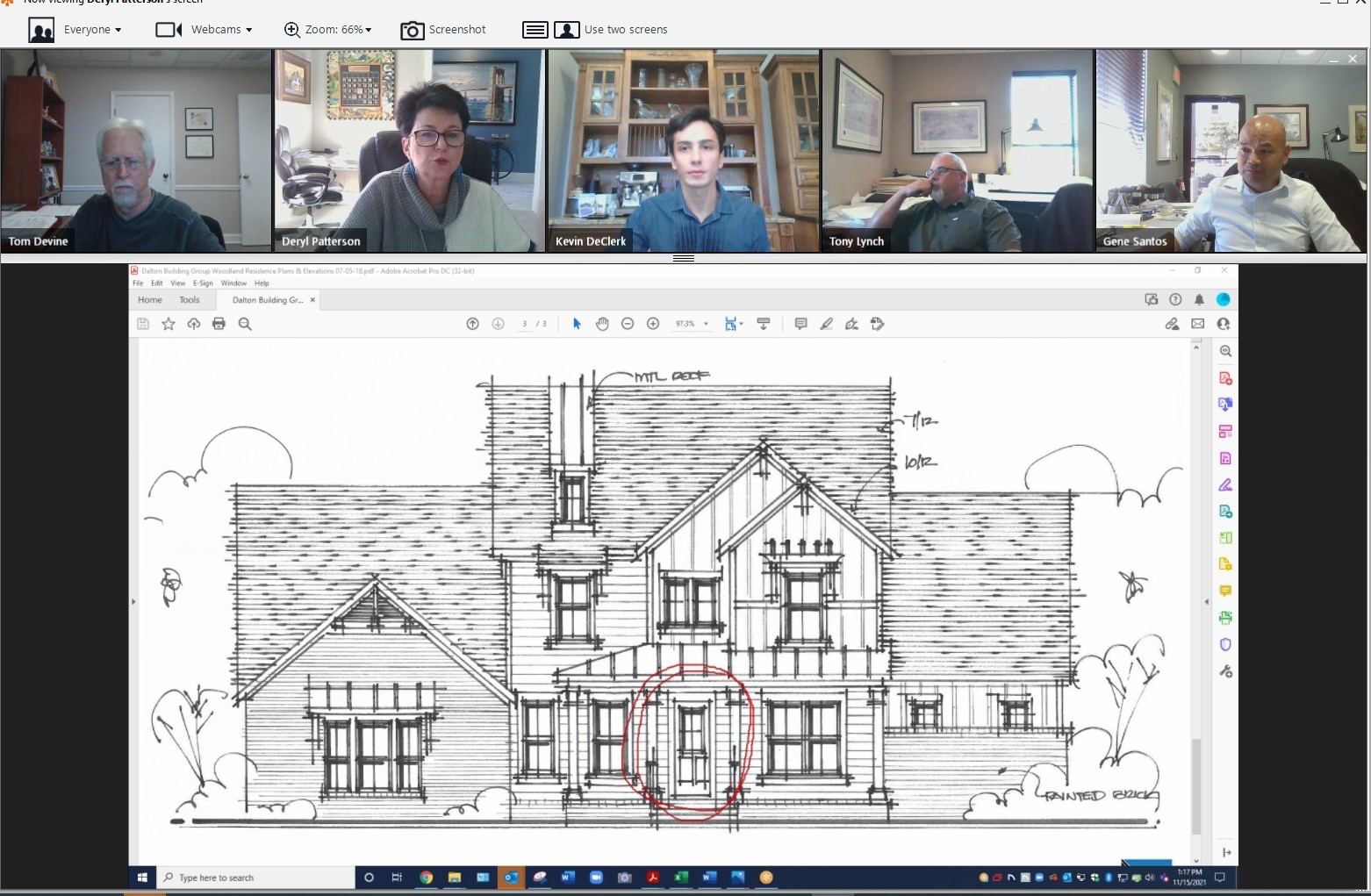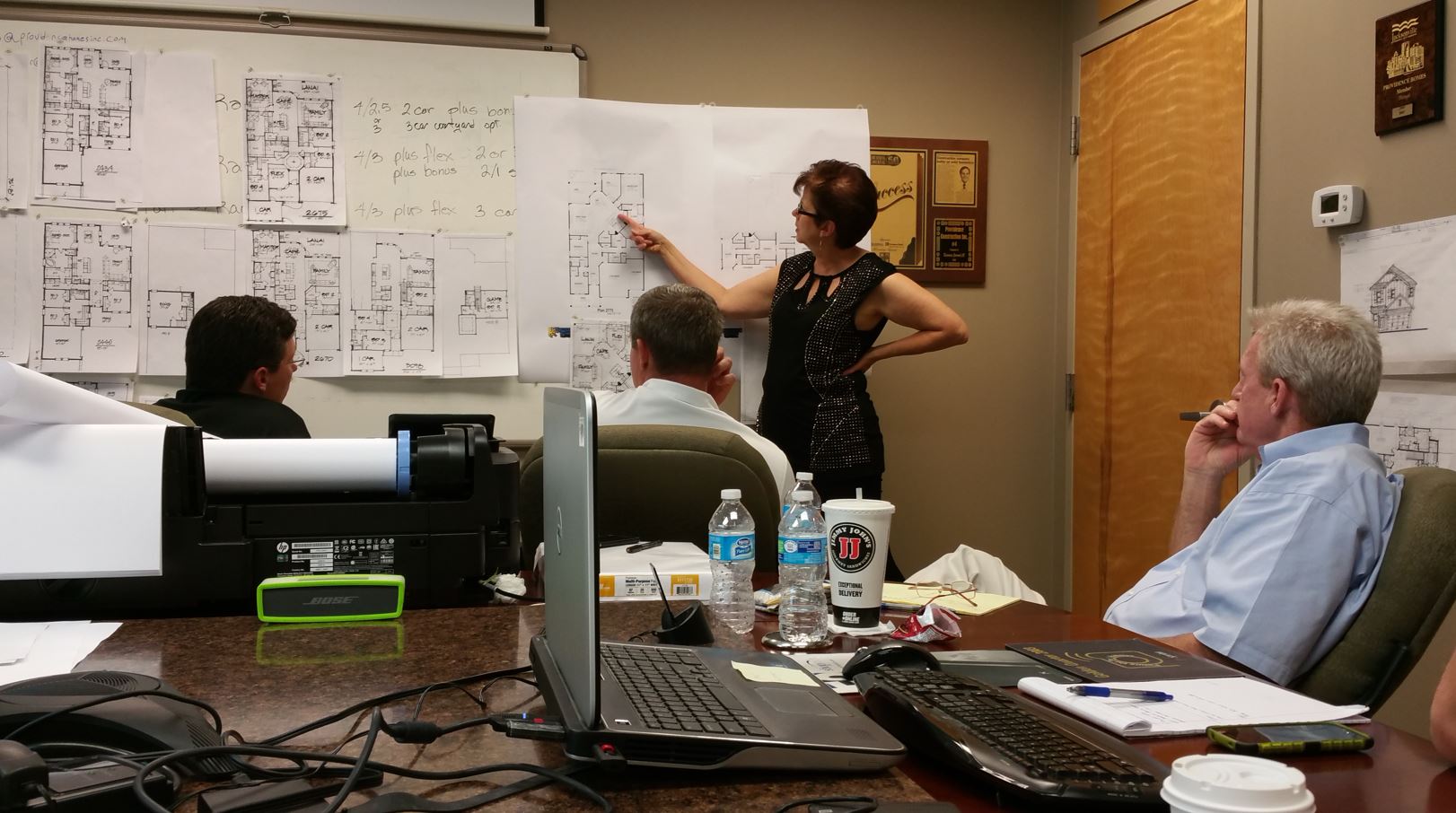For better or worse, we have all gotten used to virtual meetings in the past two years. Some still dread having to get in front of the camera and deal with the inevitable glitches. I find myself in that camp from time to time.
In fact, we’ve gotten pretty good at virtual events. Indeed, at HDM we start every week with a Teams call to discuss the priorities of the week – and maybe lament the losses of our favorite college or pro football teams from the weekend before. We also have experience with a variety of virtual platforms for team and client meetings. So far, we have used Zoom, Go to Meeting, Teams, Skype, and Ring Central meetings. Do you have a personal favorite?
Last month, I attended a virtual convention. I gave a presentation, hosted a round table discussion and visited our sponsors “booths”. We even had a happy hour event (a BYOB event). While not nearly as fun as being there, at least no travel was required.
Design Workshop
With that in mind, we have taken what used to be a live in-person event and transformed it into a virtual event. It is our Design Workshop. For those not familiar with this service, we used to travel to our client’s office, set up “shop” in their conference room (or nearby hotel) and proceed to design, present, redesign, and re-present a complete line of houses. We would start with hand sketches and end the week with cad drawn floor plans and elevations.
The Advantages of Virtual Collaboration
Of course, developing a line of five or six house with three elevations each in a week was great from a timing perspective, but perhaps the most valuable aspect was the collaboration between all the various team members on both the client’s side and the architectural side. We get comments from marketing, construction, estimating and even corporate. The potential issue arises when not everyone can be made available for the meetings. Since Design Workshops are a collaboration-intensive event, it really worked best when the same team members can be present for all meetings.
This is where going virtual pulls an advantage. When no travel is required, scheduling hassles are diminished. It is far easier to capture an hour of someone’s day versus requiring them to travel for a meeting. Next, imagine one or two meetings daily. And not just one person, but the entire team. Now the virtual process can be more inclusive with participation from corporate team members who would otherwise not be able attend.
Travel Trauma
No travel means no flight delays, missed flight connections, getting stuck in traffic, lost baggage, and hotel room sleep disorders. Most of the time, it was just us experiencing travel troubles, though occasionally corporate would want to fly in and be involved. It gets ugly when the corporate team members get delayed.
When an architect travels, we tend to bring a mini architectural firm in our suitcase:
• Endless amounts of trace paper (we call it bum-wad)
• Pens and pencils
• Drawing arms to clamp to the client’s conference table
• Laptops
• Hot spot
• Mini hard-drive
• Printer/Plotter
If our client was within driving distance, the clunky plotter would fit in the back of my SUV. If the client was flying distance, we have a special plotter suitcase. Now, imagine less-than-careful baggage handlers. Oh yes, we have had broken plotters arrive that no longer functioned. Oops.
Less Cost
Perhaps the person who benefits most from virtual design workshops is our client’s accounts payable person. No hotel charges, air fare, baggage fees, meals, parking, and gas. Okay, it might be a tie because I hate doing expense reports and I always lose my receipts.
Win, Win, Win
Let’s review the advantages of virtual over in person
- Fewer scheduling headaches
- No travel trauma
- More inclusive
- Less expense
Come to think of it, this one process might be better virtual than in person. One of the keys to a successful virtual event is cameras on please! Eye contact and facial expression is an important component of communication. The only things missing are the hugs at the end of the workshop – but I take rainchecks.
Have you found areas where virtual collaboration makes more sense? Or are the technical difficulties too much of a distraction?
Categorized in: Housing in the Pandemic
This post was written by Housing Design Matters





